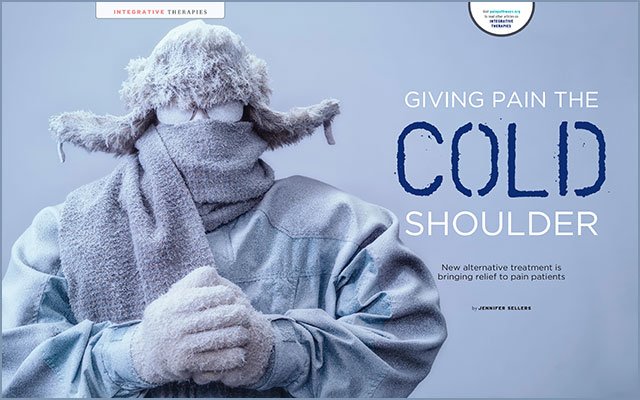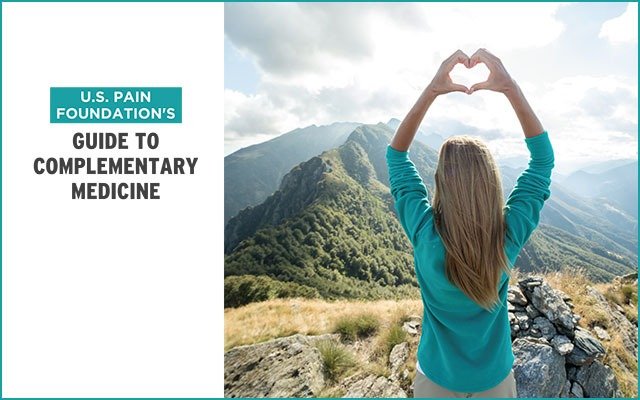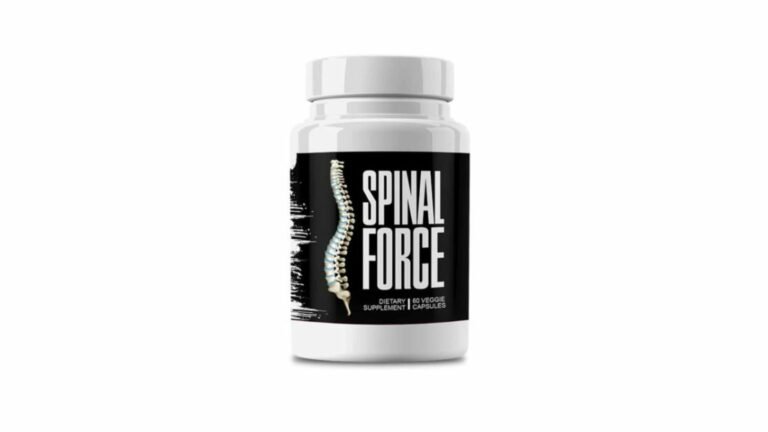Cryotherapy

The medical community has known for a long time that cold can help relieve pain and reduce inflammation. It’s widely used among athletes and in physical therapy, with therapists often recommending ice baths or cold compresses. A new alternative treatment known as cryotherapy, however, is taking cold therapy a lot further.
“It’s a treatment that’s new and, yet, really old in a lot of ways,” says Richard Rauck, MD, president of the Sceptor Pain Foundation and past president of the World Institute of Pain. “Cold has been used forever for pain and inflammation. Everybody knows—including laypeople—that ice after an injury keeps swelling down. This just takes that idea to the next level.”
What Is Cryotherapy?
Cryotherapy is a treatment in which a person is exposed to short periods of extreme cold through the use of liquid nitrogen. Patients step into a tube-like booth and remain in it for two to four minutes while temperatures cool down to -200 to -300 degrees Celsius. Gloves and socks are worn to help prevent frostbite.
The process reduces inflammation naturally. And because it causes an endorphin rush, it has an analgesic effect on pain as well. This means it can possibly benefit many different chronic pain patients, including those who suffer from fibromyalgia, chronic migraines and arthritis.
Wylie Davis of McKinney, Texas, depends on cryotherapy for pain relief from gout. His condition had become nearly unbearable until he happened upon the treatment by accident.
“I developed gout in my early to mid-30s,” says the 45-year-old Davis. “My doctor put me on anti-inflammatories and hydrocodone (an opioid) for the pain. I was also given hydrocortisone shots for the swelling. But the pain during flare-ups was really bad.”
During a flare-up, Davis says he could barely walk. On the really bad days, he’d stay in bed most of the day. “I would have to crawl to get to the bathroom because I couldn’t put any pressure on my feet,” he says.
To deal with the pain, Davis was taking “loads of anti-inflammatories” and “popping hydrocone throughout the day” just to function. But many days he was still barely getting by. One day he had a flare-up while working, and didn’t have his pills with him. But as it so happened, that day he had a client meeting at a cryotherapy spa.
Working for a global gas supplier, Davis sold liquid nitrogen. He had noticed that cryotherapy was becoming more popular at clinics and spas, but he didn’t have any personal experience with the treatment. On the day he walked into a cryotherapy establishment in severe pain, his client convinced him to give it a try.
“When I got there, I probably only had about 25 to 35 percent mobility in my ankle, and my pain level was around an 8,” Davis remembers. “After seeing me hobble in, the client let me try it. I really didn’t believe it would help because my pain was so severe and my mobility so limited.”
But it most definitely did help. After about five minutes, Davis noticed he had more flexibility in his ankle. He was also very aware of the endorphin rush. Over the next six to eight hours, both his pain and mobility started improving. And by the time he got home, he had approximately 75 to 80 percent mobility back, and his pain level had lowered to about a 3.
“I was able to just take my anti-inflammatory, and no hydrocodone,” says Davis. “The next morning when I woke up, I felt great!”
Davis’s experience is not uncommon. Another benefit of cryotherapy is that it improves sleep. Poor sleep is one of the most widespread secondary issues that pain sufferers face, so many patients will find the treatment worth it for that side effect alone.
Davis says the cryotherapy not only helps him fall asleep and stay asleep, it also improves the quality of his sleep. “If I’ve skipped a cryotherapy session, I won’t sleep all the way through the night. And the sleep I do get won’t be as good.”
It’s not often, however, that Davis misses a session. He’s seen the huge difference the treatment has made in his life. He’s even found that cryotherapy limits the length of his flare-ups if he undergoes the treatment early enough in an episode.
Cryotherapy 101
Dr. Rauck has been impressed by cryotherapy. Having learned of many cases like Davis’s, he’s decided to offer the treatment to patients in his pain clinic, Carolinas Pain Institute in Winston-Salem, North Carolina.
In addition to the many potential benefits of the treatment, Dr. Rauck points out the following to patients:
- Cryotherapy is not a one-time treatment. “It’s an ongoing therapy,” says Dr. Rauck. “The pain reduction patients experience won’t be permanent.” Most patients will likely need regular treatments. The frequency and extent of sessions are dependent on the type and severity of pain, the patient’s tolerance for the therapy and other physiological factors. Davis says he has about three treatments a week.
- Many cryotherapy claims have not been verified. It has been claimed that cryotherapy can address a number of conditions, ranging from Alzheimer’s disease to cellulite, but most of those claims are unsubstantiated, says Dr. Rauck. “Naturally, the FDA is concerned about the claims of any treatment, and there are many claims for cryotherapy that don’t yet have the research to back them up,” he says. “But it shows a lot of promise in the treatment of chronic pain, so it will be interesting to look at clinical trial design to learn more about how this benefits patients, and which patients it benefits most.”
- Cryotherapy is safe for most patients, but does carry some risks. Minor side effects of cryotherapy can include numbness, tingling, irritation or redness of the skin—all of which should subside within 24 hours. Less common, but serious, risks of cryotherapy are frostbite and burns. The FDA advises patients to consult with a doctor before undergoing the treatment.
- Cryotherapy is not covered by insurance. At this point, cryotherapy is considered an alternative treatment, and is not covered by most insurance plans. The cost of treatment, however, is generally affordable.
Dr. Rauck believes there are many patients who will find the treatments worthwhile. Davis says that any inconveniences are more than worth it for the benefits he receives in pain reduction, increased mobility and improved sleep. “How I am now versus how I was before is like night and day,” he says.
Dr. Rauck is glad alternative and add-on treatments like cryotherapy are emerging. He’s hopeful that cryotherapy will present a real alternative to riskier pain treatments—specifically, he hopes it will reduce the need for opioids.
“It’s to everyone’s advantage that a treatment like cryotherapy is available,” he says. “We’re living in a time when there are more than 30,000 opioid deaths a year; we need to find alternatives to drugs. Cryotherapy is a promising treatment that we’re excited about.”
PainPathways Magazine
PainPathways is the first, only and ultimate pain magazine. First published in spring 2008, PainPathways is the culmination of the vision of Richard L. Rauck, MD, to provide a shared resource for people living with and caring for others in pain. This quarterly resource not only provides in-depth information on current treatments, therapies and research studies but also connects people who live with pain, both personally and professionally.
View All By PainPathways






